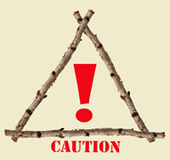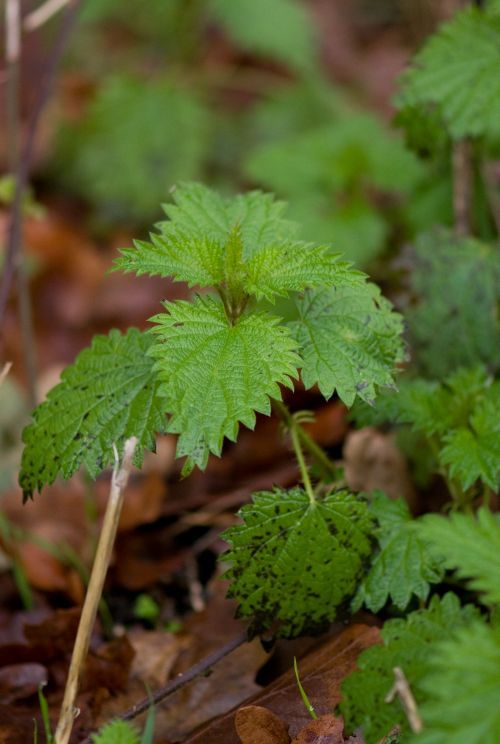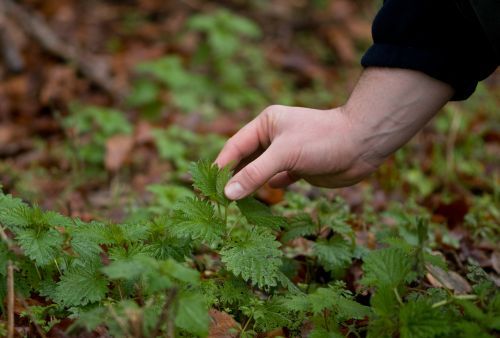

Old leaves contain particles called cystoliths which act as an irritant to the kidneys, this is why we only use the young nettle tops!

Stinging Nettle Urtica dioica
I don’t feel I need do much other than utter the words ‘stinging nettle’ for everyone to know what I mean and what the look like. There are a couple of different types in Great Britain, but they can all be used in the same way.
For me, the humble nettle has to be one of the most useful of all wild plants (not weeds), so before you dig them up from your veg patch, please bear several things in mind. Nettles play an important role for our wildlife, not just for insects, but for birds and small mammals too. For our benefit they can be used a food source, such as soups, spinach substitute, nettle pasta, and of course the famous nettle beer / ale. They are also very handy in the garden, for they can be turned into natural insect repellents and plant foods, all of which are easily made (I may run a tutorial on this in the future). They are also the source of an exceptionally strong fibre which has been used for odd jobs in the garden.
Most people are afraid of getting stung, so rarely use nettles for anything, but if treated correctly they can be handled without the need for gloves.

Picking stinging nettles without gloves
LEAVES – the fresh young tops of nettles are what you need if you want them for food or drinks. Never use old nettles as they can cause irritation to the kidneys (see notes above). Young nettles are not only available in the spring, check under hedges and among tall grass in the summer or winter months, you will find plenty of young growth.
STEMS – the stems are the source of the fibres, which you can use a string. Find out how here
ROOT – the root can be boiled with alum to yield a yellow dye

Angie Smith on 21/03/11
Yay! It's that time of year again. Im up in Argyll, Scotland and we are just seeing the first young nettles popping their heads up. I love to make nettle soup, which apparently has many health benefits as well as being very yum. Last year, in Knoydart I made 16 litres of nettle beer for a party which was a huge success. Very refreshing, almost appley and very moreish. I was hoping it would help keep the midges away but unfortunately Knoydart midges are pretty ferocious!
Love your website
Angie
Macy H on 04/08/10
I've read quite a bit about stinging nettles, but never found any myself. I do know however, that the key to not getting stung is in how you touch the plant. I can't see how holding your breath matters, but if your skin brushes against the plant, it will sting you. If you pinch the plant with your fingers shaped like crab claws it doesn't irritate the skin. Happy foraging :)
Kris on 27/10/09
Bernadete,
The nettles just need to be young. When they are still quite short, about 10 inches or so. Just take the top bunch of leaves, the same as in the last picture. These are safe to use. If you need any further help, just give me a shout!
Thanks
Kris
Bernadete Bishop on 27/10/09
Hi There,
I suppose you have to let the nettle grow to a certain size before start picking the tops, and how many leafs are in the tops that are safe for use?
Thanks!
Jill on 08/09/09
A friend recently taught me how to touch nettles without getting stung. You take in a breath and hold it while you touch the plant, and it won't sting you. We tried it and our jaws dropped in amazement--it really works! (I have, however, tried it since and about 30% of the time I still feel the sting) Thanks for the site--Jill
Kris on 15/06/09
Tom,
Thanks for the message. Old nettles can cause irritation the kidneys; they also have a much stronger taste, which can make beer a little too punchy. I would try the young nettle tops as you will get a much nicer brew! As in this recipe found under the wild food recipes section.
Good luck with it and please let me know how you get on.
Tom Howells on 15/06/09
Hello!
I put a batch of nettle beer on yesterday, meaning that the nettle tops were very late and had flowered slightly. Should i throw this away? WIll the filtering process not have any effect on these particles? Is this teh only reason most people recommend using early nettle tops?
Thanks
Kris on 11/05/09
Hi Gen,
Thanks for attending the course. sorry about that link, it seems to have dropped off, but I have now fixed that for you. I will drop you an e-mail to answer your question shortly.
Thanks again
Kris
Genevieve Wingrave on 11/05/09
Hi Kris,
I was at the Bushcraft session yesterday and checked your website today. I looked in particular at how to use the stem of nettles as mine has now dried up.
First the link on "Find out how here" is missing on the page above.
Then I'm finding mine very brittle and wonder how good a string it can be if it's so brittle.
Gen
Kris on 21/03/11
Hi Angie,
I'm pleased you like the site! Yes, nettle soup is very good for you. I've not had chance to make any this year yet!
Happy foraging
Kris